In the Saidpur village of Lalitpur district, Uttar Pradesh, only six houses have been built under various central rural housing schemes in the last five years. Because of these schemes being embroiled in corruption controversies, most houses stand incomplete and in unlivable conditions.
“Our houses are incomplete because we got into an argument with the village head. He told us that if we gave him Rs 20,000, he’d get our houses constructed,” says Lakhan, a Saidpur resident. The villagers were supposed to receive three installments, totaling Rs 70,000 , to be used for construction of adequate housing under the Indira Awaas Yojna (IAY). The IAY was a flagship programme introduced by the Ministry of Rural Development in 1985 to provide assistance to BPL families for constructing safe and durable shelter.
“We gave the head Rs 10,000 from the government allocation because he told us he could get our houses built with money to spare,” says Lakhan, “But after construction, he pocketed all the Rs 15-20,000 that was left too.”
“The head had told us he’d get our houses constructed in three months and give it to us,” says Janki, another resident and IAY beneficiary, “Years have passed, not just three months, but nothing has happened.”
But according to ex-village head Dayaram Srivastav, the problem was not of corruption but of wrongful occupation. “The six houses were being occupied by the wrong people,” he protests, “This is why the villagers complained to the BDO, who informed the tehsildar, who put a stay order on the construction.”
He also dismisses the charges of money exchanging hands, chalking it up to political maneuvering: “There was an investigation conducted by the DPRO about the allegations of money-lending and corruption, and nothing was found.”
“The money was in their accounts. They could have built their houses with that money,” Srivastav adds, shifting the responsibility of incomplete structures onto the villagers themselves. “The money has been sent to them, but they’ve used it for whatever purposes they like,” says new Village Development Officer appointee Khemchand Varma, shrugging his shoulders at the problem, he continues, “I wasn’t employed here then, but the money would have gone to the beneficiaries’ bank accounts, nowhere else. The rest is up to them.”
But even these six families — just six in the entire village — haven’t received the full promised amount. “We have only received Rs 35,000,” says Janki. “When we complained to the District Magistrate about the head, the controversy just got worse,” explains Lakhan. “The house hasn’t been built; it stands as it is since 2014,” adds Janki.
The year being 2014 is no coincidence. In 2014, an audit conducted by the Comptroller and Auditor General of India (CAG) found that the IAY was inefficient — from non-assessment of housing shortage to low-quality constructions and weak monitoring. It was oft-cited by the BJP to indicate the failure of the ruling government then, and became a cornerstone of their campaign during the 2014 General Elections.
Shortly after PM Modi came to power, the Pradhan Mantri Awaas Yojna Grahmin (PMAY-G) (effective from 2016) was the proposed alternative of IAY, to help better realise the dream of sufficient housing. Under PMAY-G, beneficiaries receive a financial assistance of Rs 1.2 lakh, along with at least 90 days of remunerations under the Mahatma Gandhi National Rural Employment Guarantee Act (MGNREGA), and an additional fund of Rs 12,000 each for the construction of toilets under the Swachh Bharat Mission.
“By 2022, my government will ensure that everyone has a house,” PM Modi had said earlier this year in Lucknow. And the namesake schemes are racing towards ambitious targets much earlier than 2022, in time for the crucial 2019 general elections. The PMAY-G’s original target of 1 crore pucca houses by March 2019 is currently on the line. Until July 2018, only 43.54 lakh houses were built to completion under the PMAY-G, and while there is no doubt that the pace of construction has increased — from 314 days under IAY to 114 days now — the rate will have to be doubled in the next three months in order to meet this target.
The Ministry of Rural Development is confident that this is doable, with success stories like Uttar Pradesh’s under their belt. Since its launch in 2016, 8.9 lakh houses were built to completion in Uttar Pradesh under PMAY-G — the third highest numbers in the country. Uttar Pradesh in fact topped the list of houses completed in the financial year of 2017-2018.
But unheard amongst all of these celebratory statistics is the status of the homes of the IAY beneficiaries. Although IAY was technically replaced by the PMAY-G, the Centre kept its files open till June 2018 to ensure the completion of the 32 lakh incomplete houses under the old scheme.
The Ministry of Rural Development claims that the thrust from 2015 to 2017 was to complete IAY houses, totaling at 50.47 lakh houses finally being finished . But the government is struggling to integrate beneficiaries from the IAY to the restructured PMAY-G, especially because of the difference in total financial assistance allocated.
There is still no official state-wise data available on either the integration or the settlement of IAY beneficiaries. While the ruling party is pushing to hit the flashy ‘1 crore pucca houses’ target as the country approaches a critical election year, these IAY homes seem all but forgotten as they don’t contribute to the numbers of PMAY-G.
Half-built walls and broken roofs seem to be collateral damage. “There are countless problems because we don’t have completely constructed houses,” says Saidpuri native Halkai, “Especially during monsoons, when we are unable to find proper shelter for our families.”
Khabar Lahariya is a women-only network of rural reporters from Bundelkhand.


)




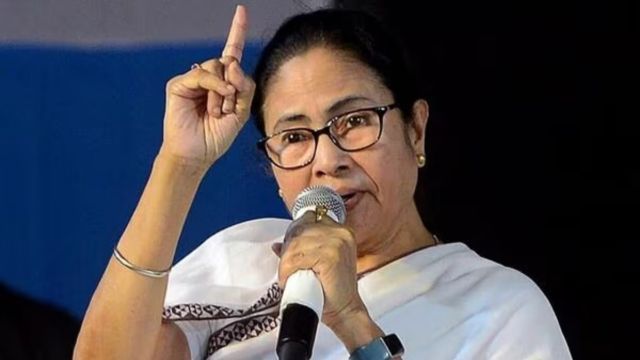)
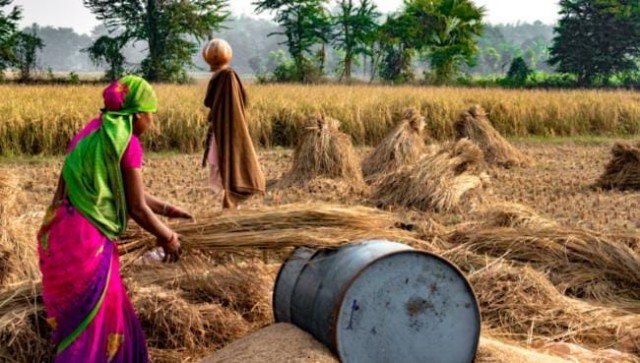)
)
)
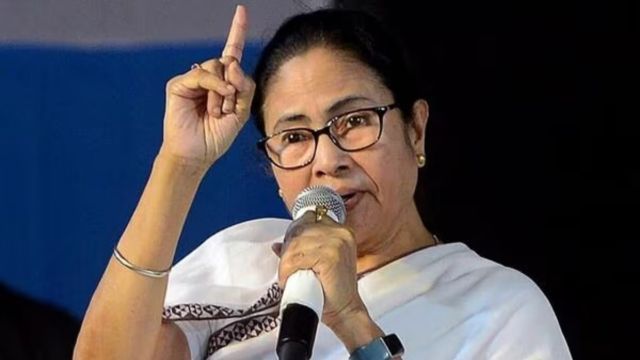)
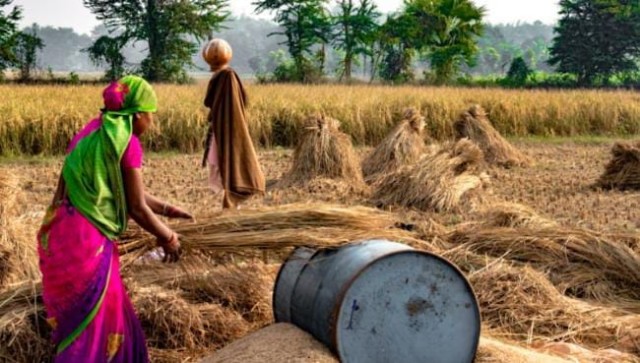)
)
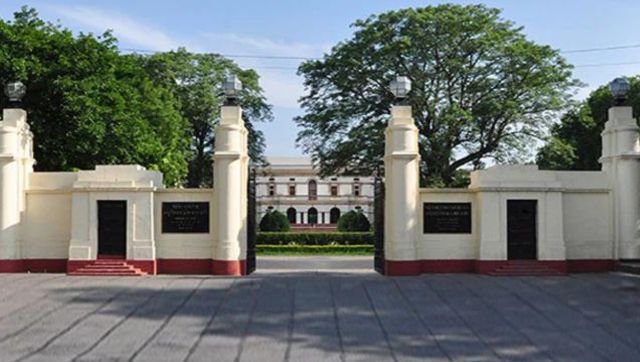)